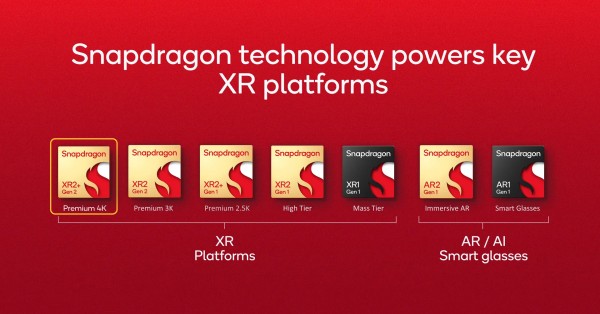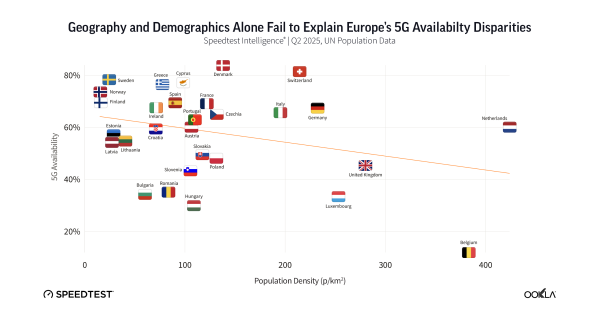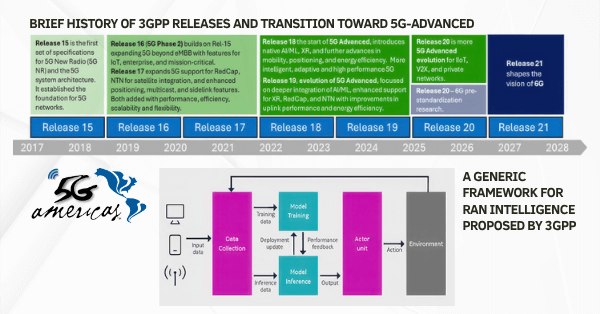In an era where the digitization and automation of manufacturing processes are paramount, the collaboration between Cisco Systems, Mitsui Information, and KDDI Engineering represents a significant stride towards the realization of smart factories in Japan. This partnership focuses on the deployment of a private 5G network within the Shinwa Komaki SFiC Lab in Komaki City, Aichi Prefecture, setting a precedent for the future of industrial operations in the region.
Uniting Forces: The Cisco, Mitsui, and KDDI Private 5G Initiative
The term “Industry 4.0” symbolizes the fourth industrial revolution, emphasizing advancements in digital technology. The Shinwa Komaki SFiC Lab serves as an “Industry 4.0 Testbed,” where the potential of private 5G networking technology is explored to elevate manufacturing to unprecedented levels of efficiency and automation.
Overcoming Connectivity Barriers in Modern Manufacturing
Traditional manufacturing environments often grapple with issues related to connectivity, latency, and security. The limitations of wired networks and Wi-Fi in handling the increasingly demanding requirements of smart manufacturing necessitate a more robust solution.
The Advent of Private 5G: Cisco’s Network Vision Comes to Life
Enter private 5G networks, heralded for their superior bandwidth, reliability, low latency, and enhanced security capabilities. This technology is adept at managing a vast array of connected devices essential for modern manufacturing processes. Cisco, leveraging its expertise, is at the forefront, providing the 5G core network infrastructure essential for this initiative. Mitsui Information contributes its vast experience in smart factory services, while KDDI Engineering facilitates the implementation, ensuring seamless integration and operation.
Transforming Theory into Practice: Cisco and KDDI’s Early Wins in Smart Factory Automation
The collaboration aims to validate the efficiency of private 5G networks in supporting various applications critical to smart manufacturing. This includes the deployment of Automated Guided Vehicles (AGVs), industrial robots, and machine vision systems, among others.
The choice of private 5G technology is strategic, considering its capability to offer high-speed, low-latency, and large-capacity data handling. This is crucial for applications such as remote control of industrial robots and the seamless wireless operation of transport equipment, ensuring a stable and efficient manufacturing environment.
Elevating Manufacturing: The Tangible Benefits of Mitsui’s Smart Factory
The adoption of private 5G in manufacturing promises significant benefits, including enhanced operational intelligence, improved worker safety, increased productivity, and superior quality control. This technological advancement enables manufacturers to pioneer innovative automation capabilities, fostering an environment of continuous improvement and innovation.
The Broader Implications of Japan’s 5G Testbed
The success of this project is set to catalyze the broader adoption of private 5G networks across Japan’s manufacturing sector, promoting the transition towards smarter, more efficient, and resilient factories. It underscores the potential of digital transformation (DX) in revolutionizing traditional manufacturing landscapes.
Cisco’s Pioneering Network: The Backbone of Private 5G
Cisco’s provision of the 5G core network underscores its pivotal role in facilitating this transformation. The company’s technology and expertise are integral to the project’s success, positioning Cisco as a leader in the advancement of smart manufacturing solutions.
Mitsui and KDDI: Pillars of Innovation in Smart Manufacturing
Mitsui Information and KDDI Engineering play crucial roles in this collaboration, combining their expertise in smart factory solutions and network installation. Their contribution is vital in ensuring the testbed’s operational efficacy and the practical validation of use cases.
Current Progress and Future Directions
The project is currently in the implementation phase, with ongoing testing and validation of industrial use cases within the Shinwa Komaki SFiC Lab. This collaborative effort is a live example of how private 5G networks can transform manufacturing processes.
While specific timelines for broader deployment remain under wraps, the initial results from the testbed are anticipated to drive the rapid adoption of private 5G networks in manufacturing across Japan and potentially globally.
Industry and Government Support: Endorsing Japan’s 5G Vision
The initiative has garnered interest and support from industry leaders and governmental bodies, emphasizing its potential impact on Japan’s manufacturing sector and its contribution to the global movement towards Industry 4.0.
In conclusion, the collaboration between Cisco, Mitsui Information, and KDDI Engineering represents a watershed moment for smart manufacturing in Japan. Through the strategic deployment of private 5G networks, this partnership not only addresses the immediate challenges faced by the manufacturing industry but also paves the way for a future where smart factories are the norm, driving productivity, safety, and innovation to new heights.
































